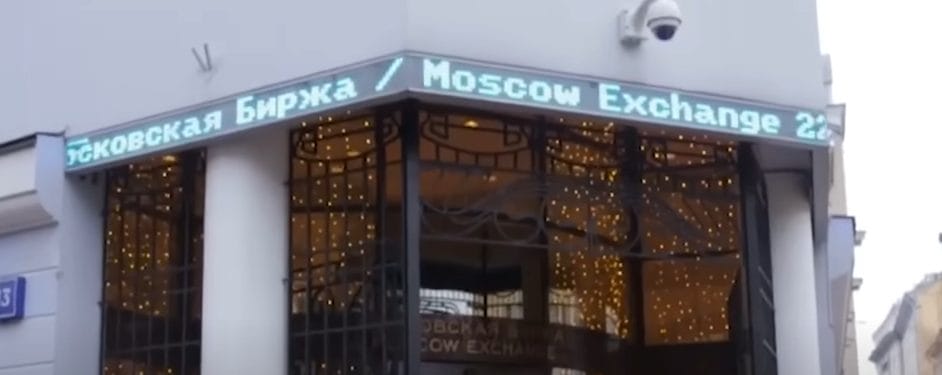Moscow Exchange Sanctions Driving Russians to USDT – Survey

Western Moscow Exchange sanctions look set to drive up Russian interest in cryptoassets such as USDT, a survey of traders and investors has found.
Per the Russian media outlet RBC, 20% of the respondents said they “were ready to convert at least transfer part of their savings” to crypto.
The Moscow Exchange is halting trading in US dollars and the euro after the US unveiled a raft of measures designed to further impede the Kremlin’s war in Ukraine https://t.co/g3okt8WfMH
— Bloomberg Economics (@economics) June 12, 2024
USD-pegged Stablecoins the Winner as Moscow Exchange Sanctions Bite?
The survey asked some 10,000 subscribers to four major Russian-language crypto and investment Telegram channels for their thoughts on the effects of the sanctions.
The latest raft of sanctions, unveiled in the West a week ago, forced the Moscow Exchange to respond with the immediate suspension of trading in dollars and euros.
But, as has been the case in Argentina, financial issues have led to a spike in USD-pegged stablecoin interest.
The media outlet noted that the Russian market considers “the USDT stablecoin to be an analog of the dollar.”
The sanctions targeted both the Moscow Exchange and the exchange-owned National Clearing Center.

The center is Russia’s largest foreign currency exchange transactions recording body.
Rubles and Cash Dollars Remain Russians’ Favorites
The survey found that “the majority of participants” will “keep their savings in rubles and dollar banknotes,” with 40% saying they favored the ruble. Another 40% said they would turn to USD banknotes.
However, some 20% of respondents said that the “sanctions against the Moscow Exchange” would be a major “reason for them to purchase cryptocurrency with their savings.”
While initial reports of the sanctions appear to have spooked some Russian investors initially, fears appear to have been quelled.
USD exchange rates spiked above the RUB 100 mark in the “first days” after the Moscow Exchange stopped trading dollars and euros.
And 3-4% of survey respondents said that they had “run to buy” dollars immediately after the news broke.
But there were even fewer “sharp jumps” in USDT markets. A spokesperson from the Garantex crypto exchange told RBC that “demand for USDT increased noticeably on the first day.”
For a while, the average USDT exchange rate wavered around the 94–98 rubles mark.
“But,” the exchange spokesperson said, “the very next day the USDT to ruble exchange rate returned to its previous levels.”

USDT exchange rates dropped down to 89 rubles on Garantex on June 18. Observers say that peer-to-peer traders were selling the coin for between 92 and 92 rubles on the same day.
The exchange’s director of communications Evgenia Burova noted:
“In the moments after the launch of major sanctions on systemically important objects of the Russian financial infrastructure, we traditionally see an increase in spreads. We also witneess an increase in interest in cryptocurrencies. But each time this happens, the effect becomes weaker.”
Although Garantex was officially founded in Estonia in 2019, Western officials believe its true center of operations is Moscow.
Switching to USDT ‘Not a Quick Fix for Most People’ – Expert
The Russian crypto expert Taisiya Romanova said:
“For the average person who has no real background in cryptocurrency, switching to USDT will not be an obvious or quick solution. Most will choose to remain in the USD-RUB paradigm.”
Sanctions against the Moscow Exchange definitely have a psychological effect. Suddenly, dollar and euro exchange rates have disappeared or are frozen on many websites. Kommersant shows only yuan where all three currencies used to be. pic.twitter.com/cdf3j6Y4zk
— Janis Kluge (@jakluge) June 13, 2024
Romanova added that she doubted the survey results were indicative of a major rise in USDT trading in Russia. She explained:
“In the short term, there will be no increase in specific demand for USDT due to an influx of new users.”
Instead, she claimed that the USDT trading picture in the nation “will constantly remain in flux.”
She opined that the USDT/RUB market would remain “spontaneous” and would be “subject to the stress levels and mood of its participants.”
Romanova advised Russians to “refrain from impulsive decisions and instead to diversify their portfolios.”








